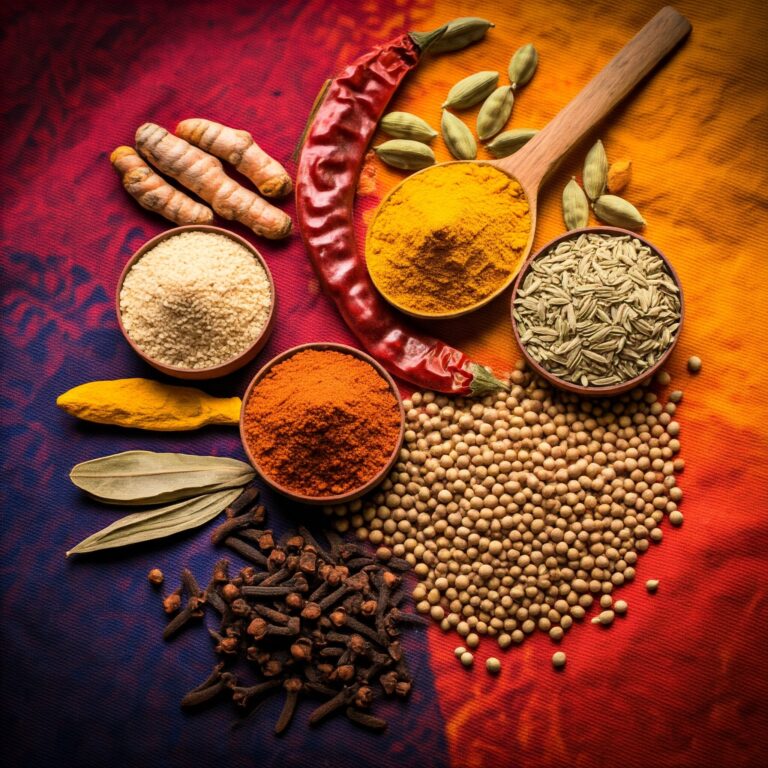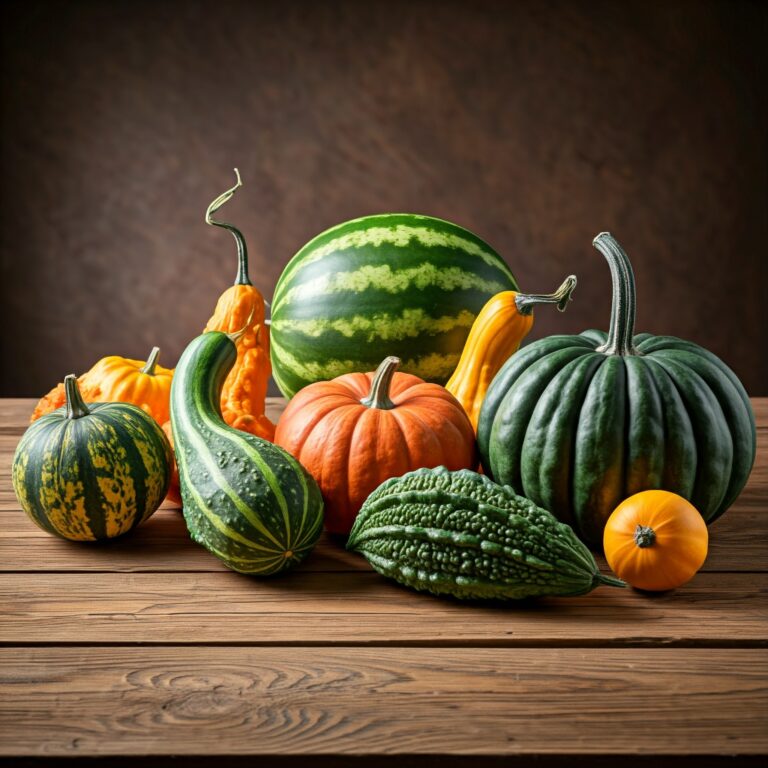An Introduction to Indian Pulses and Legumes
Pulses, the edible seeds of leguminous plants, have been an integral part of Indian cuisine for centuries. They are not only a staple food but also a powerhouse of nutrients.

Pulses, the edible seeds of leguminous plants, have been an integral part of Indian cuisine for centuries. They are not only a staple food but also a powerhouse of nutrients.

India, a land steeped in tradition and culture, is renowned for its vibrant and aromatic cuisine. One of the key elements that sets Indian food apart is the judicious use of spices. These aromatic and flavorful ingredients not only enhance the taste of dishes but also provide a plethora of health benefits. In this blog…

Fresh beans, a staple in countless cuisines worldwide, are not only delicious but also packed with essential nutrients. This versatile vegetable comes in various shapes, sizes, and flavors, each offering unique culinary experiences and health benefits. Let’s delve into the world of fresh beans, exploring their diverse types, nutritional value, and culinary applications.

Peppers, scientifically known as Capsicum annuum, are a versatile and flavorful vegetable that has been cultivated for centuries around the world. They are members of the nightshade family and are closely related to tomatoes, eggplants, and potatoes. Peppers come in a wide variety of shapes, sizes, colors, and heat levels, making them a popular ingredient…

The gourd family, scientifically known as Cucurbitaceae, is a diverse group of flowering plants that have been cultivated for centuries for their edible fruits and seeds. These plants are characterized by their vine-like growth habits, large, lobed leaves, and unisexual flowers. The fruits, commonly referred to as gourds, vary widely in size, shape, color, and taste, and are used in a variety of culinary applications.
No products in the cart.